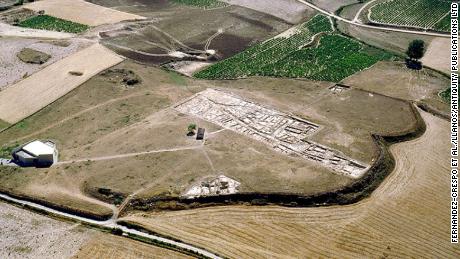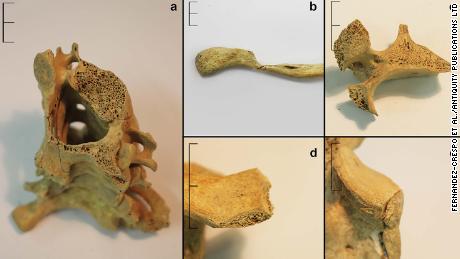Archaeologists discover Iron Age massacre, frozen in time

Discovered in 1935 and first excavated in 1973, the ancient town of La Hoya in northern Spain's Basque Country was destroyed in a violent attack between 350 and 200 BC.The town was never reoccupied, and those who died in the attack remained where they had fallen until the town was excavated. Hoping to find out more about the attack, researchers from the University of Oxford and a team of archaeologists from the United Kingdom and Spain studied 13 skeletons already recovered from the site, in the first detailed analysis of the human remains. Men, women and children were among the dead. "One male suffered multiple frontal injuries, suggesting that he was facing his attacker," said Teresa Fernández-Crespo, lead author of the research, adding: "This individual was decapitated but the skull was not recovered, and may have been taken as a trophy." Another man was stabbed from behind, while a man and a woman had their arms cut off, said the study, published Thursday in the journal Antiquity.  But there is no evidence, the researchers said, of people returning to the town to bury the dead or collect their belongings. Analysis of some skeletons showed they had been left in burning buildings, while some were left where they had fallen in the streets. "From this we can conclude that the aim of the attackers was the total destruction of La Hoya," the researchers said in a statement, adding that the attack may have been motivated by the location of La Hoya, which was strategically located between the Cantabrian region on Spain's Atlantic coast, the Mediterranean and Spain's interior plateau. Experts believe the settlement was a hub of sociRead More – Source
But there is no evidence, the researchers said, of people returning to the town to bury the dead or collect their belongings. Analysis of some skeletons showed they had been left in burning buildings, while some were left where they had fallen in the streets. "From this we can conclude that the aim of the attackers was the total destruction of La Hoya," the researchers said in a statement, adding that the attack may have been motivated by the location of La Hoya, which was strategically located between the Cantabrian region on Spain's Atlantic coast, the Mediterranean and Spain's interior plateau. Experts believe the settlement was a hub of sociRead More – Source
[contf]
[contfnew]

cnn
[contfnewc]
[contfnewc]

















